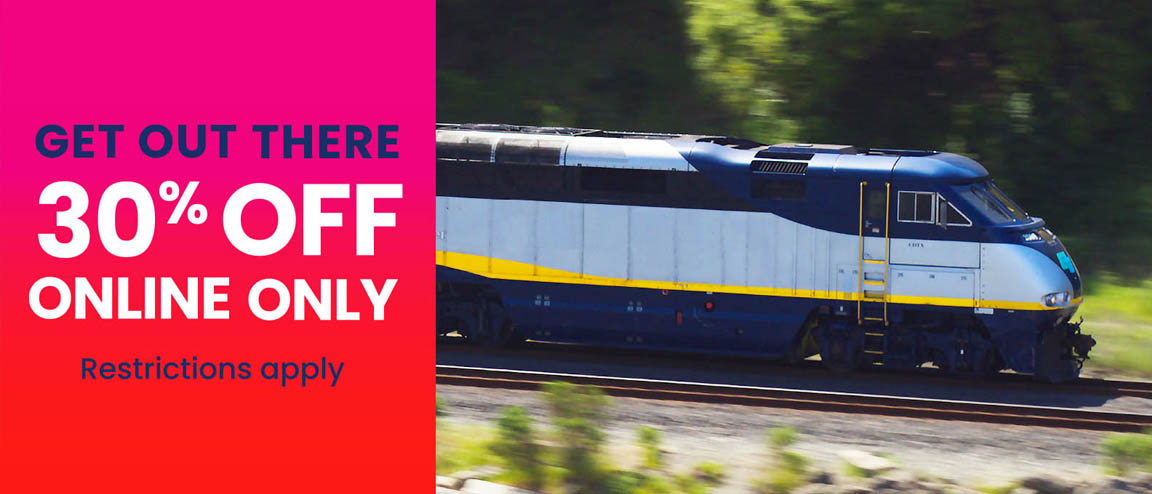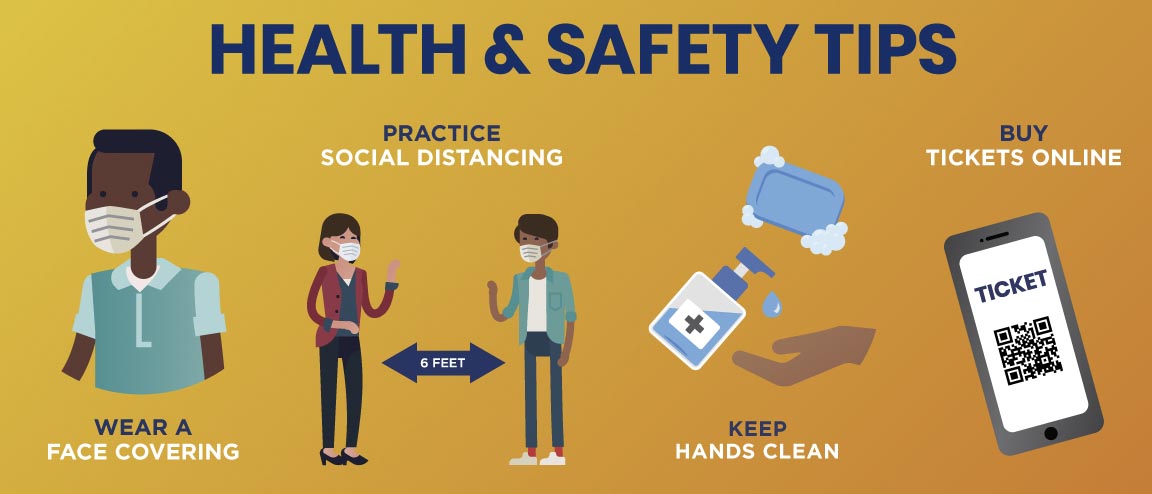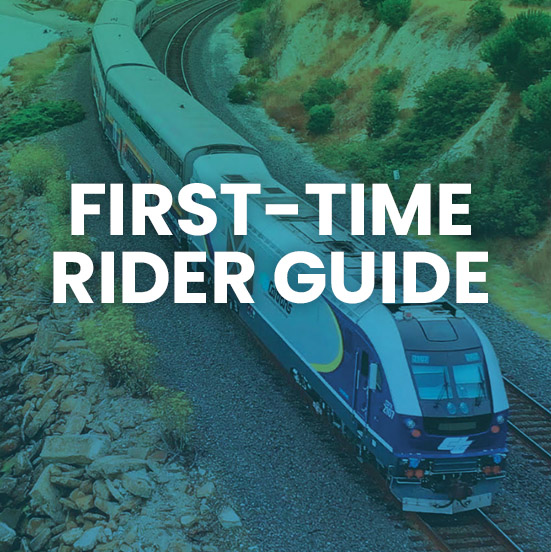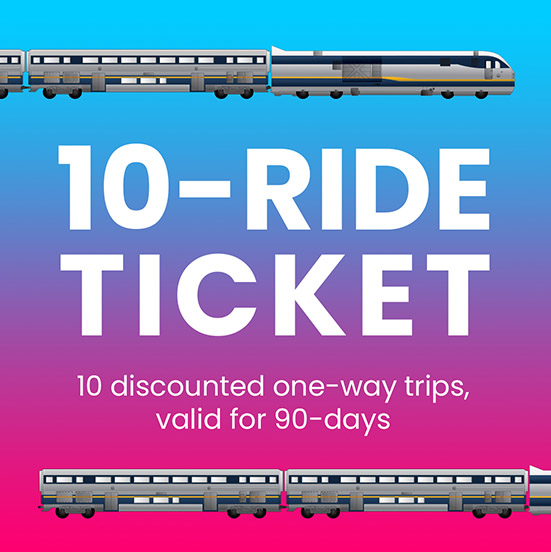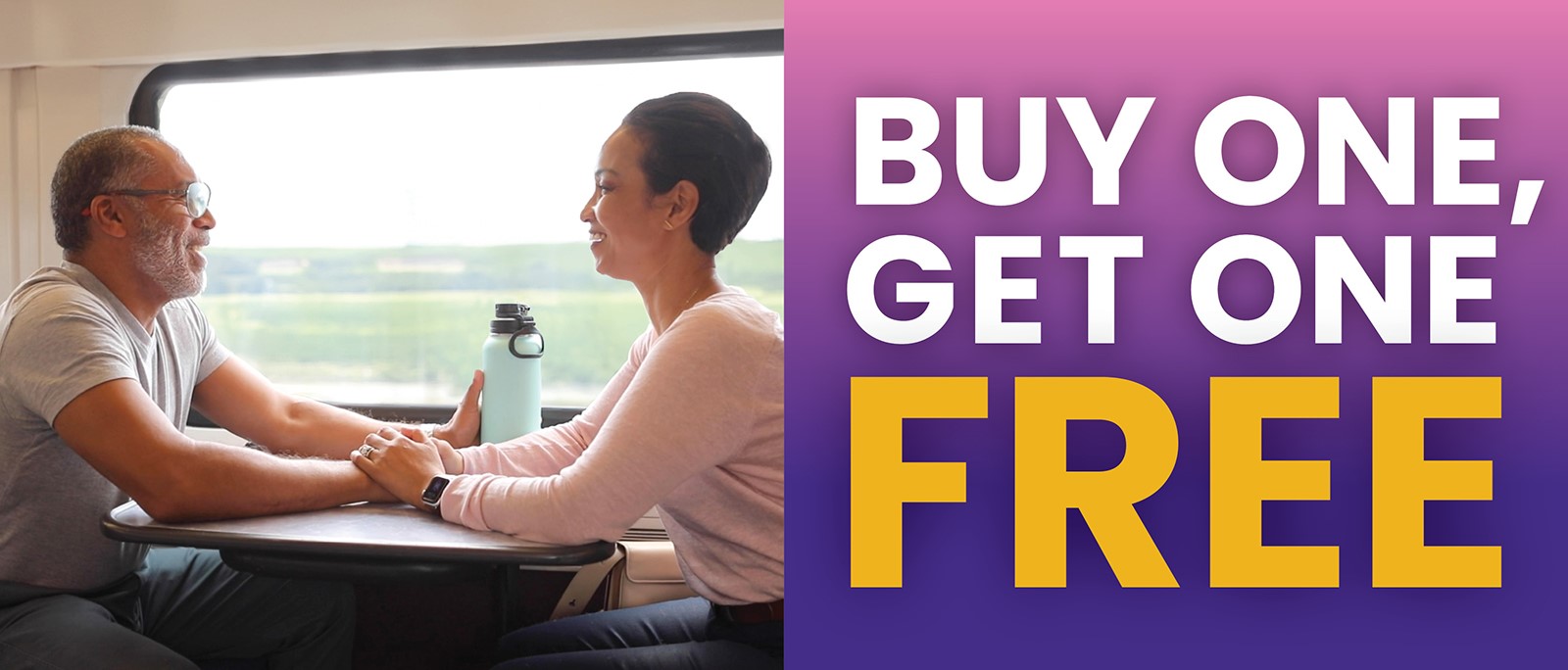Alert : Service Alert April 26,...
Alert : Service Alert April 26,...
Effective January 1, 2024
Complete Train ScheduleDaily Eastbound and Westbound |
Train ScheduleWeekdays |
Train ScheduleWeekends/Holidays |
Bus ScheduleAll Connections |
Sign up for Service Alerts
Stay informed! Receive service updates and news by email and/or text.
Service Alerts
CC Rail Mail & News
Loading....
Loading....

News & Updates
Union Pacific Track Work CANCELLED
April 12 UPDATE 4/17/24 Track work has been CANCELLED between Fremont and San Jose stations on Saturday, April 20, 2024. Train service...
Real-Time Tracking with Capitol Corridor
April 8 When traveling, a common question riders ask is, “Where’s my train?” Whether trains are on schedule or de...
For schedules, fares, trip-planning and train status call 1-877-9-RIDECC (1-877-974-3322) TDD 510-839-2220
© 1999 - 2024 Capitol Corridor Joint Powers Authority. All rights reserved. Privacy Policy.
For schedules, fares, trip-planning and train status call 1-877-9-RIDECC (1-877-974-3322) TDD 510-839-2220
© 1999 - 2023 Capitol Corridor Joint Powers Authority. All rights reserved. Privacy Policy.

